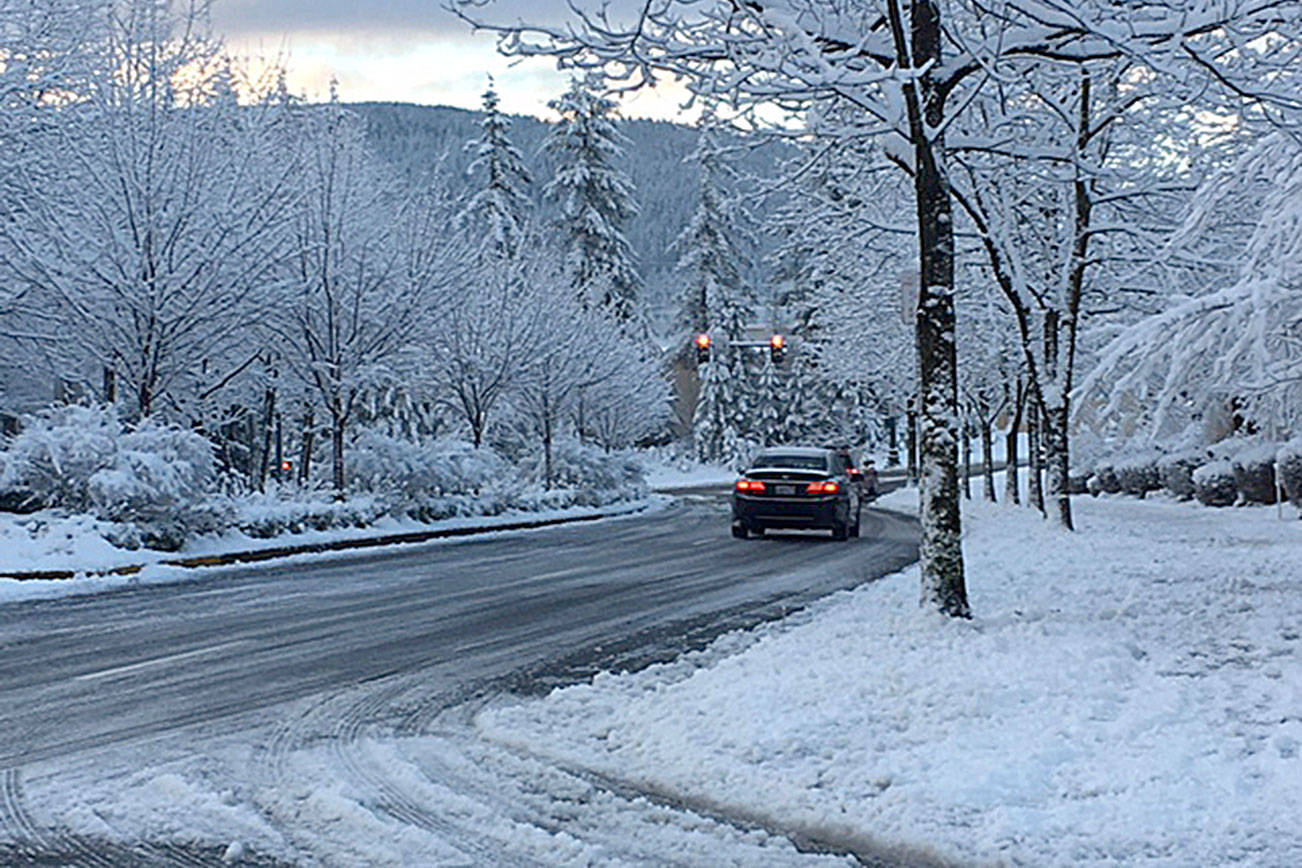King County voters could be presented with a levy lid lift measure on either the August or November ballot this year in order to increase funding for roads and bridges in unincorporated parts of the county.
The lid lift would raise the amount King County could collect to its statutory limit of $2.25 per $1,000 of assessed property value. Over the following six years, the measure would allow for inflationary growth to keep pace with needs. The current collection rate is $1.81 per $1,000.
The proposed levy lid lift could raise some $164 million over eight years. The levy could increase taxes for a median home by about $224 a year and, if approved, would go into effect in January 2021. The King County Council will vote to approve or deny the ballot measure in the coming months.
King County Department of Local Services Director John Taylor said the budget shortfall facing his department stems from structural problems.
“The Roads Division are probably one of the biggest victims of that,” Taylor said at a Feb. 3 Local Services Committee meeting.
While this would increase funding by about $22 million annually, it’s still less than what’s needed to fund the county’s Roads Department. Incorporations and annexations have steadily been chipping away at the county’s funding base. As neighborhoods are brought into surrounding cities, the annexations decrease the amount of taxes the county receives. Consequently, a smaller number of people living in unincorporated parts of the county end up footing the bill for much of its roads and bridges infrastructure.
The county is facing a situation where by 2025, it will run out of funding for capital projects. After that point, even basic maintenance services would likely be reduced. The county’s road budget has become underfunded by around $250 million annually to fully fund all capital projects and maintenance.
Rick Brater, the county’s Road Services Division director, said around one-quarter of about 80 bridges the county surveyed have some sort of load restrictions. Roads and bridges in unincorporated parts of the county facilitate an average of 1 million vehicle trips a day. This includes areas like White Center or Skyway, which are unincorporated, but sit between major cities including Seattle, Renton and Burien.
If the county isn’t able to find funding for its infrastructure, it could consider closing rural bridges and letting roads return to gravel. By 2040, it’s expected that up to 72 miles of county roads may go to gravel, and multiple bridges will have closed, the county reports. The median age of the county’s 182 bridges is 65 years, while the typical useful lifespan is about 50 years.
King County representatives have been asking the state to re-examine the way it allocates taxes. This could potentially allow the county to receive additional revenue from taxes collected within cities. King County Council member Claudia Balducci said rural roads are a benefit to everyone in the county and likened it to services such as Metro.
“You still benefit from the fact that it’s there,” Balducci said.
Maintenance for all roads in unincorporated parts of the county are paid for by the roughly 250,000 residents who live there.


